Schedule a Call Back
Why do warehouses hurt air quality and neighborhood noise levels?
 Articles
Articles- May 11,23
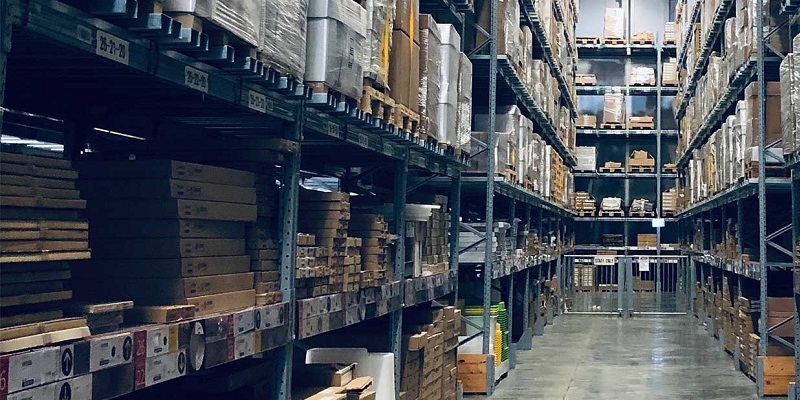
Related Stories

Marelli Unveils Intelligent Energy Management System for Hybrid and Electric Vehicles
This holistic approach to vehicle energy optimisation maximises efficiency across all vehicle systems, delivering enhanced battery range, optimised fast charging and improved longevity.
Read more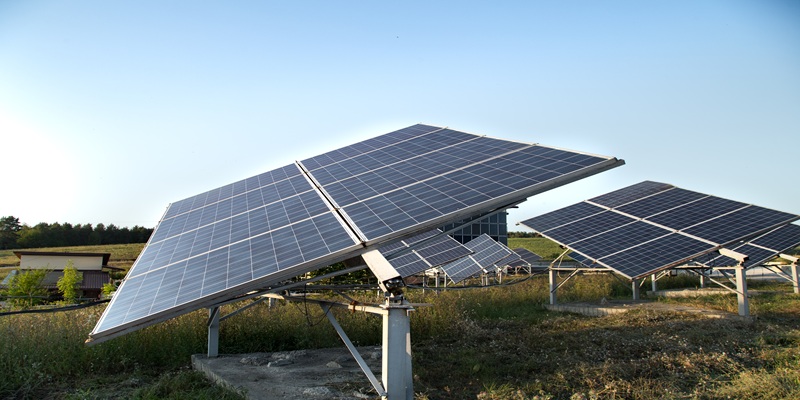
Waaree Secures 350 MW Order from AMPIN for High-Efficiency Solar Modules
With both companies committed to India’s 500 GW renewable energy target, the partnership highlights the role of indigenous innovation and manufacturing scale in powering the next decade of clean e..
Read more
GameChange Solar to Boost India Transformer Output Sixfold
New GameChange BOS unit to expand transformer capacity through multiple factories in India.
Read moreRelated Products
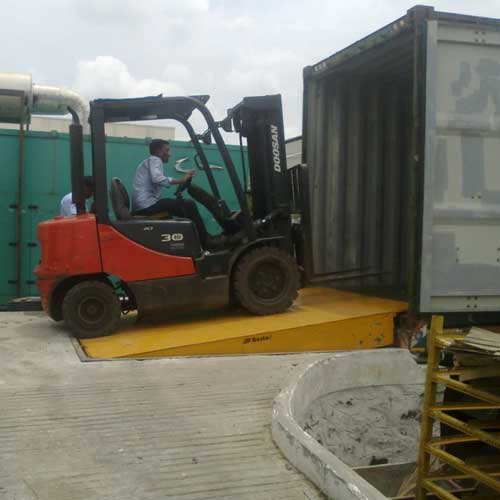
Dock Leveller
Besto Material Handling Equipments offers a wide range of dock leveller.
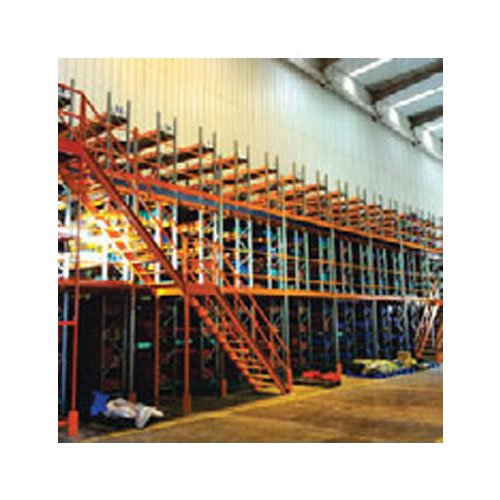
Multi Tire
SCI Storage Solution offers a wide range of multi tire.
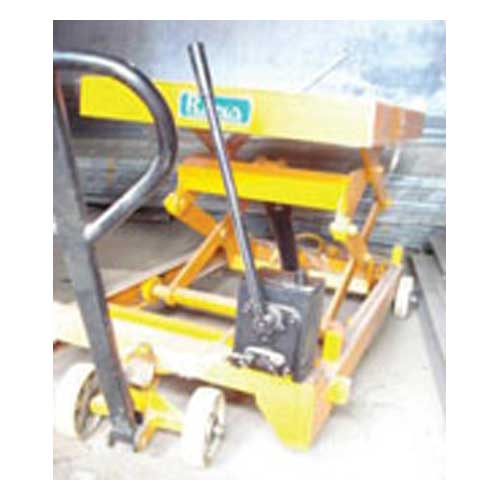
Industrial Lifting Equipment
Rana Material Handling Equipments Pvt Ltd offers a wide
range of industrial lifting equipment.















